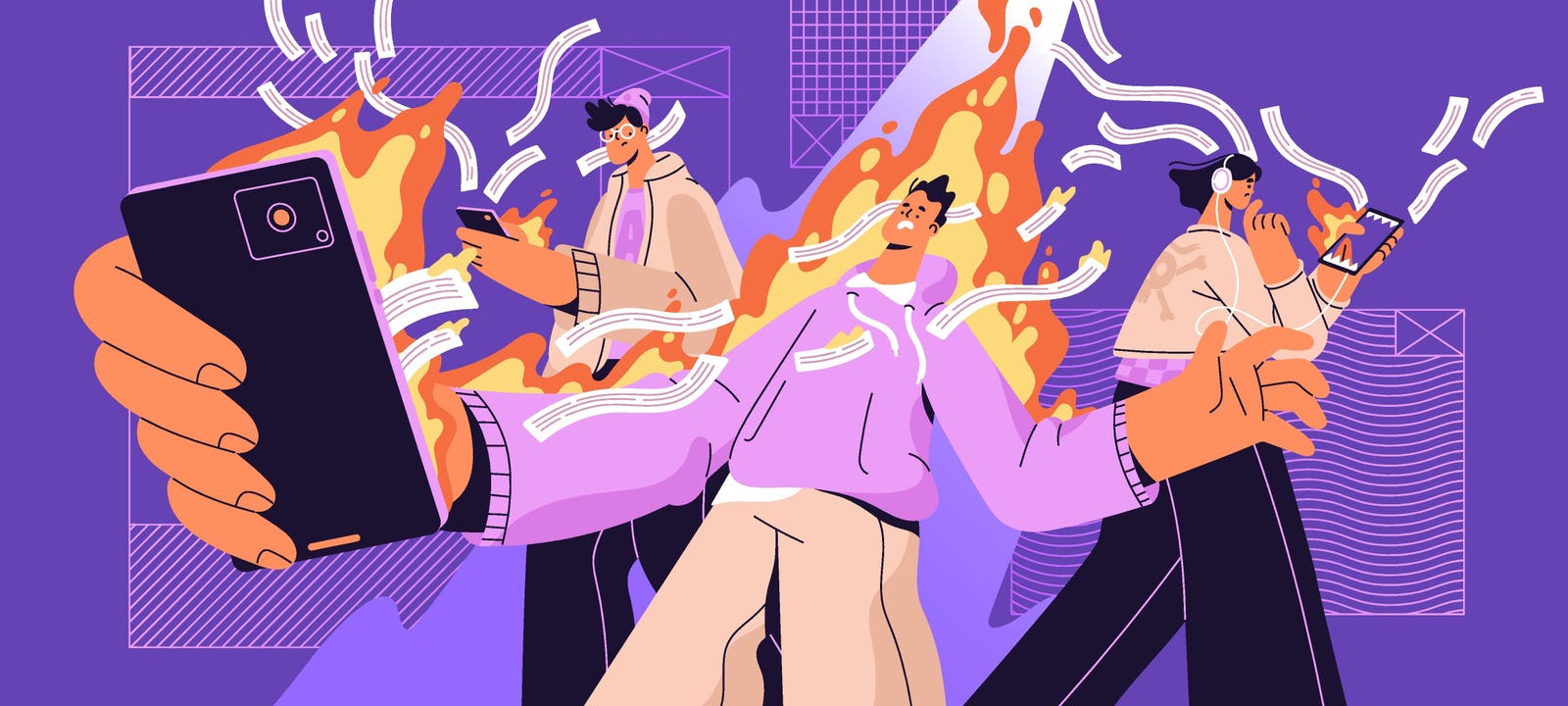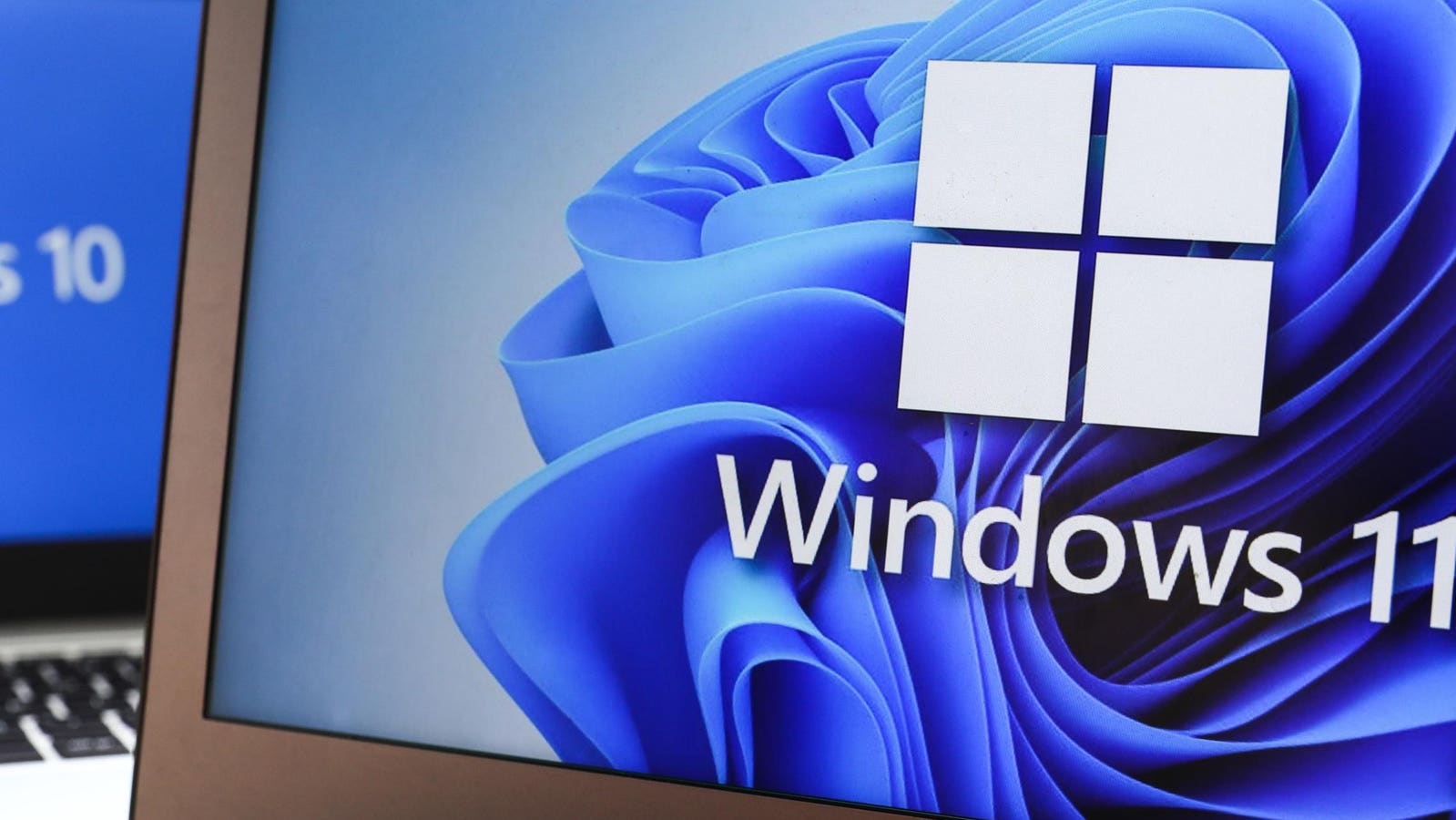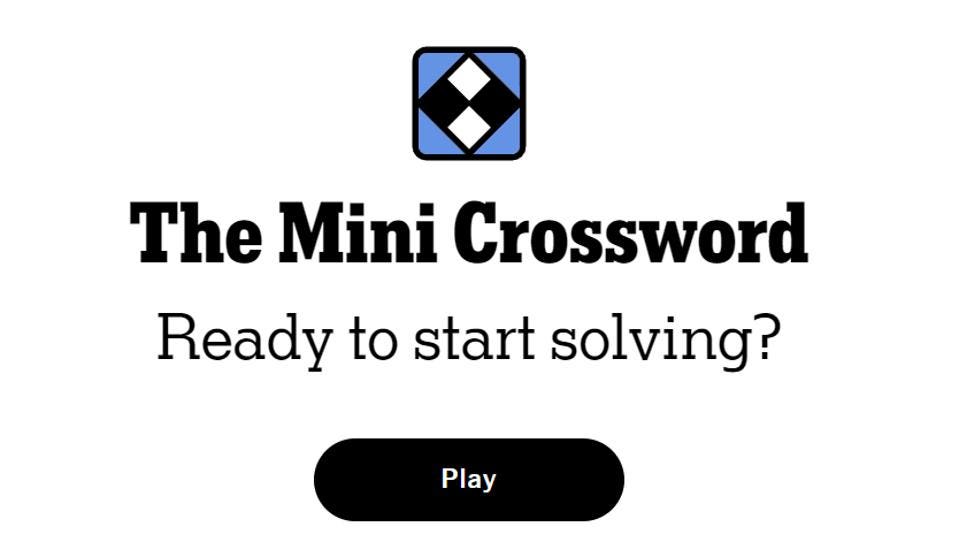Your endless scroll may be costing you more than just your time. New research shows it’s changing … More
These days, almost everything is available in the form of quick and bite-sized content — from recipes and skincare tips to news updates.
You may find yourself swiping through reels, tapping through stories or scrolling endless feeds, often without even realizing where your time really went. This is true for so many of us, because this is how content is designed now: fast and impossible to look away from.
In fact, you’ve likely noticed how content has only gotten shorter, snappier and more addictive.
Suddenly, almost every industry is trying to capitalize on this growing addiction to quick content. Now, it’s all about grabbing your attention within the first three seconds or losing it entirely.
You can even find content on “hook” templates or trend cycles that rise and fall in a matter of days.
In 2024, “brain rot” was named the Word of the Year by Oxford University Press. This term was popularized by Gen Z to describe the mental fog and cognitive decline linked to endless scrolling.
Experts have now warned that this habit, which we often dismiss as “just watching videos,” is actually changing how our brains work. They are dulling our focus, weakening memory and even disrupting decision-making.
This is backed by new research published in NeuroImage. Researchers conducted a study that examined the psychological and neurological effects of short-video addiction. They used a combination of behavioral analysis, brain imaging and computational models of decision-making.
The study looked at how excessive engagement with short videos might influence the way our brains process rewards, risks and choices.
Based on this research, here are two ways short-video addiction changes your brain.
1. It Reduces Your Sensitivity To Real Consequences
One way being addicted to short video consumption impacts you is by hurting your “loss aversion.” This is the tendency to feel the pain of losing something more strongly than the pleasure of gaining something of equal value.
In decision-making, this comparison acts like a protective filter that helps you avoid risks. It makes you think twice before making choices that could lead to negative outcomes.
However, in case the sensitivity to loss is reduced, you’re more likely to make impulsive or risky decisions without fully considering the consequences.
In the NeuroImage study, researchers found that individuals with higher short-video addiction (SVA) symptoms were more likely to experience lower loss aversion.
Put simply, the more addicted someone was to short videos, the less sensitive they were to potential losses. This impacted their decision-making, which became more reward-driven, even when risks were high.
Brain scans from the study revealed that people with higher short-video addiction had lower activity in a part of the brain called the “precuneus” when thinking about potential gains.
The precuneus helps you reflect and consider outcomes by thinking things through. The brain may not fully process what’s at stake when the precuneus is less active. This holds true especially when something is exciting to gain. This, in turn, makes it easier to overlook the risks.
Essentially, if loss stops feeling like a big deal, your decision-making becomes skewed. So, the next time you’re deep into a scroll, ask yourself: Are you really willing to train your brain to chase rewards at the cost of good judgment?
2. It Slows Down How You Process Information
Another commonly experienced consequence of doomscrolling or short video addiction is a growing sense of mental fog, difficulty focusing or struggling to make even small decisions without overthinking.
Researchers of NeuroImage study the found that short-video addiction can quite literally slow down how your brain processes information.
The researchers used a cognitive model called the Drift Diffusion Model (DDM) to measure participants’ “drift rate,” which refers to the speed at which your brain gathers and processes evidence before making a decision.
A higher drift rate causes you to make faster and more confident choices. A lower drift rate, on the other hand, causes you to have slower thinking and use more mental effort to arrive at even simple conclusions.
The researchers found that individuals with higher short-video addiction symptoms had a significantly lower drift rate, meaning their brains accumulated evidence more slowly and made decision-making harder and less efficient.
This was once again reflected in the activity observed in the precuneus, as it’s also involved in mental focus, reflection and evaluation of options. The brain processes information slower when this area is less active. Even simple choices can feel more mentally draining.
If you’ve been feeling mentally foggy, overwhelmed by everyday decisions or find it hard to focus for more than a few minutes, remember that it might not just be a lack of willpower. It could be your brain adapting to the speed of the content you consume. This might be your sign to give your mind the space it needs to exist without constant stimulation.
Reclaiming The Beauty Of Doing Nothing
In chasing constant engagement, you may not realize that sometimes being bored is not all that bad. In fact, “meaningless time” is actually beneficial and sometimes even necessary.
When you’re bored, your mind finally has the chance to wander and to explore ideas that don’t surface in the usual flood of distractions. This can help boost creativity, improve problem-solving and support deeper thinking. In quiet and unfilled spaces, you get to hear yourself the loudest.
While you don’t have to stop watching content altogether, you can learn how to intentionally engage with it. Consciously thinking about what you watch and why you’re watching it helps you use content as a tool that doesn’t entirely consume you.
Before you open an app for a “hit,” it could be helpful to ask yourself, “What’s my reason for wanting to use the app right now?” Reflect on whether you’re seeking entertainment, inspiration, connection or just avoiding stillness.
At the same time, begin to appreciate moments of meaningless time. Make a habit of letting yourself be intentionally bored. Find ways to be away from the screen; say, take a walk without your phone, stare out the window or just sit in silence.
While these moments may seem empty, they let your mind reset, reflect and reclaim its natural rhythm.
Worried that you may have a penchant for doomscrolling? Take this science-backed test to find out: Doomscrolling Scale









